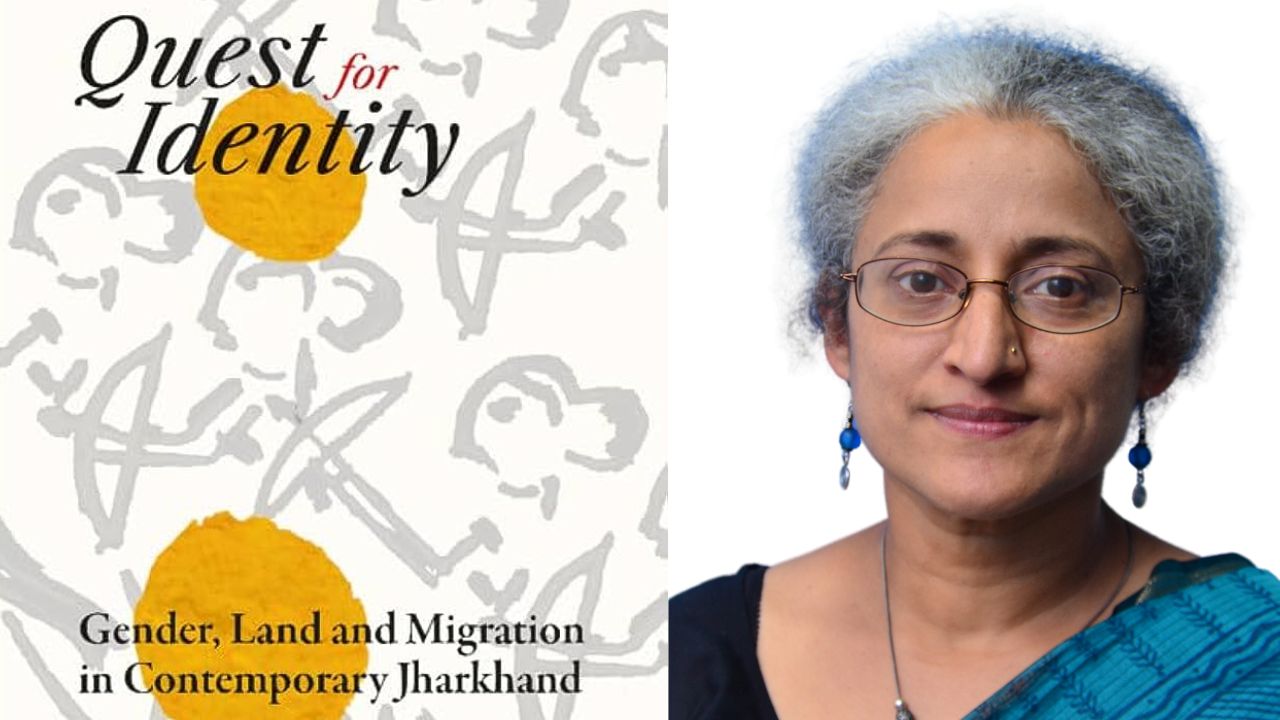The rise of President Droupadi Murmu to the presidency was a significant milestone for India’s tribal community, particularly for individuals of the Santhal ethnicity and women across the nation. As the first person from a tribal community and the second woman to hold this position as head of state, she is the top citizen of the country and the supreme commander of the Indian Armed Forces. While her ascension is undoubtedly a remarkable achievement for the indigenous community, a recent research monograph by Nitya Rao suggests that it may also be considered an anomaly.
In her recent publication Quest for Identity: Gender, Land and Migration in Contemporary Jharkhand, Dr Nitya Rao, Director of the Norwich Institute for Sustainable Development and professor of Gender and Development at the University of East Anglia, United Kingdom, has put together her three decades of research work and personal journey, recounting the everyday struggles and agency of poor indigenous women and men to live dignified lives. Her work involves confronting both climatic variability and persistent economic insecurity, within their lives.
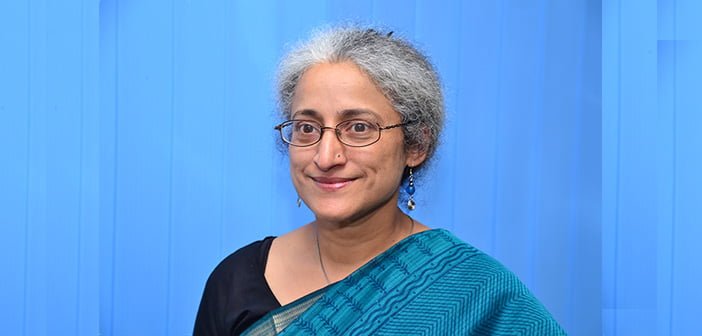
Toward the very beginning of her book, the author broadly contours her journey, starting in 1994 as an activist working with an NGO organising women, and later on as a researcher, discovering the philosophies and conceptual underpinnings, in her twenty-five years of intensive long-term engagement with the Adivasi (mainly Santhal) population of Santhal Parganas region of Jharkhand.
After a long-standing tribal movement for statehood, on August 2, 2000, the Indian Parliament approved the Bill for reorganising and recognising Jharkhand as a separate state owing to the long-standing quest; which was against the imbalances in the distribution of resources, where the ethnic group contested for ownership of Jal (water), Jangal (forest) and Jamin (land), and an assertion of self-determination and tribal identity.
Until now, more than twenty years after its formation the state and its Adivasi communities have been continuously struggling against encroachment on their land, forest, water, language, culture, as well as on their identity.
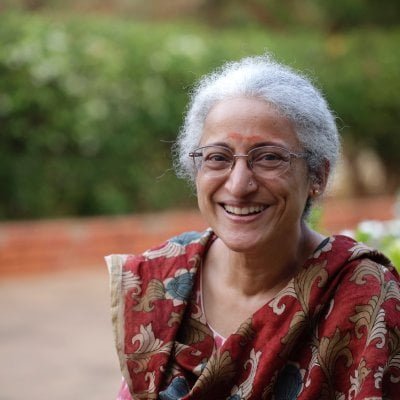
In her book, Quest for Identity, the author took to a deeper narrative, analysing how resource relations along with livelihood transition impact gender roles and relations, within the politics and governance of the newly established Jharkhand state; focusing on the emerging opportunities and contradictions since its formation; while the aspiration of the state diverges from that of its Adivasi population, the former focusing on capitalist growth and the latter on the control over natural resources.
Combining the historical and ethnographical methodologies, from an epistemological perspective, Dr. Rao, lays down early insights on gender, indigeneity and ecology from colonial archives, like, records of the land revenue system, from the early twentieth century, where women were largely excluded from land records; triangulating it, she challenges such narratives, using her ethnographic fieldwork research, along with court archives, and closer insights from the lives of Santhal women.
Structured along four major themes, namely Gender and Land, Migration and Identity, Livelihood and Policy and Politics, the author examines and cross-examines each aspect through many chapters, laying bare the reality of being an Adivasi, in India, post seventy-seven years of Independence and more specifically, being a woman in a globalising world.
In its first theme, sub-sectioned across three chapters, Quest for Identity, provides a historical account of women’s struggles, over recognition of their identities as producers and reproducers, within the ecology and the household; and their quest for justice, as equal members in society. Each of these chapters contributes significantly, from nuances of gender as a stratum within the Adivasi community, and how the newly formed state, has sceptically affected their unbiased beliefs, minimal differentiation and strong solidarity.
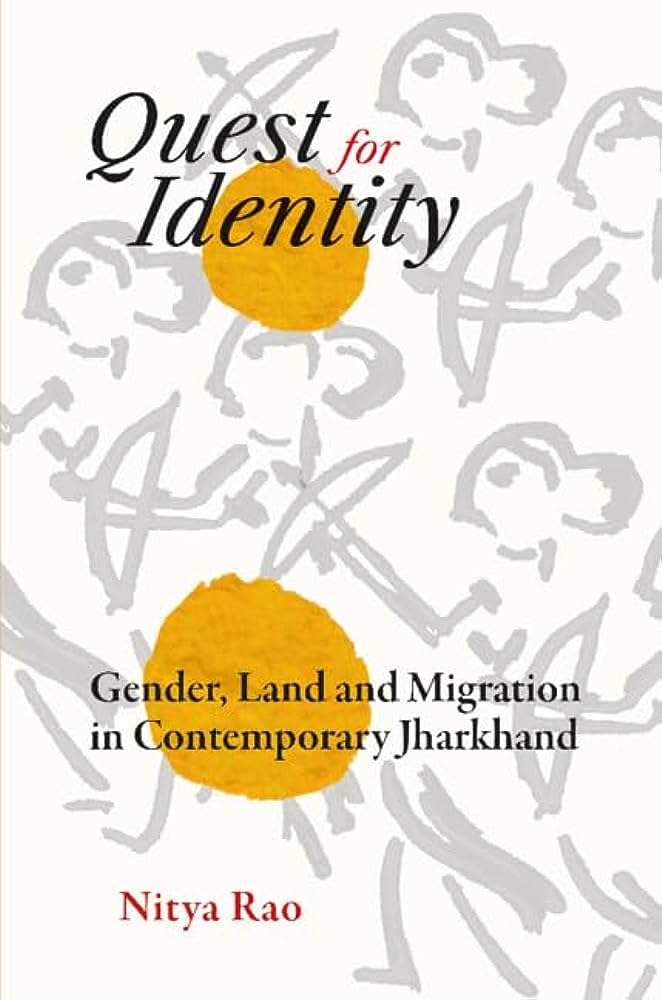
The author takes to account several incidents and stories of real struggles of women within the Santhal community, of the Santhal Parganas region of Jharkhand. These women, as the author recounts were simple, hard-working, sexually exploited and voiceless victims of all sorts of crime, including witch-hunting. The chapters, within this frame, argue how considering women as a homogeneous group with unified interest, was misleading, rather it highlights the difference between gender interest and women’s interest, based on the social and kinship position of women.
Apart from these, the author envisions, the socially embedded nature of the land, how land is closely linked to identity, providing a social and symbolic position to one’s identity; and how land rights are differentiated and negotiable within different arenas, i.e. within the community institution and the legal courts, having their pros and cons, these institution provide hybridity and open up spaces for negotiations and conversation, especially for women.
The theme of Migration and Identity discusses how power relations are unequal in relation to labour migration. The text focuses on how gender identity is constructed in Santal society. The state was formed to promote self-identification and social independence. Although the state has made progress in development indicators like literacy rate and basic infrastructure, the growth perspective of Jharkhand for its tribal community is not inspiring.
The author explores the unequal power relations that exist in the process of labour migration. The author also highlights how education, particularly tertiary education, is the only means for the population’s prospect for a better life.
The author’s study of migration streams at both the sources and destinations provides readers with a valuable tool for understanding the process of identity construction and broader social change. The study also sheds light on the notion of respect for migrant women who work as live-in domestic workers and are often stereotyped as being honest and simple.
However, their experiences are not always positive and are influenced by locally determined hierarchies. In a parallel narrative, the situation of migrant Santhal men who choose to relocate, despite having invested in education and owning land, is discussed. They are often stereotyped as good agricultural labourers. Dr Rao highlights various interactions between different social groups and economic systems, emphasising the centrality of migration and its effect on gender relations.
Moving onwards, based on her extensive fieldwork. Dr Rao explores the gender implication concerning different types of displacements on the Santhal population in the Dhumka, district in the Santhal Parganas region. The writer explores, how large locational displacement and occupational displacements serve as a cause of insecurity within the people, leaving them with minimal or no resources.
Dr Rao explores how developmental projects, lead to locational displacements, causing deterioration in living conditions and exacerbation of the work burden imposed on women, because of shrinkage of resources, whereas, gradual occupational displacements, caused due to land alienation and land scarcity, breakdowns the community support, therefore, restraining the network within.
The author in a broader initiative, provided readers with micro insights on the division of labour and their access to assets, examining the responsiveness of state policies in mediating the relationship between gender and generation. For, instance much of women’s work revolves around fields, forests and the local market, yet there is minimal transport assistance around these task areas.
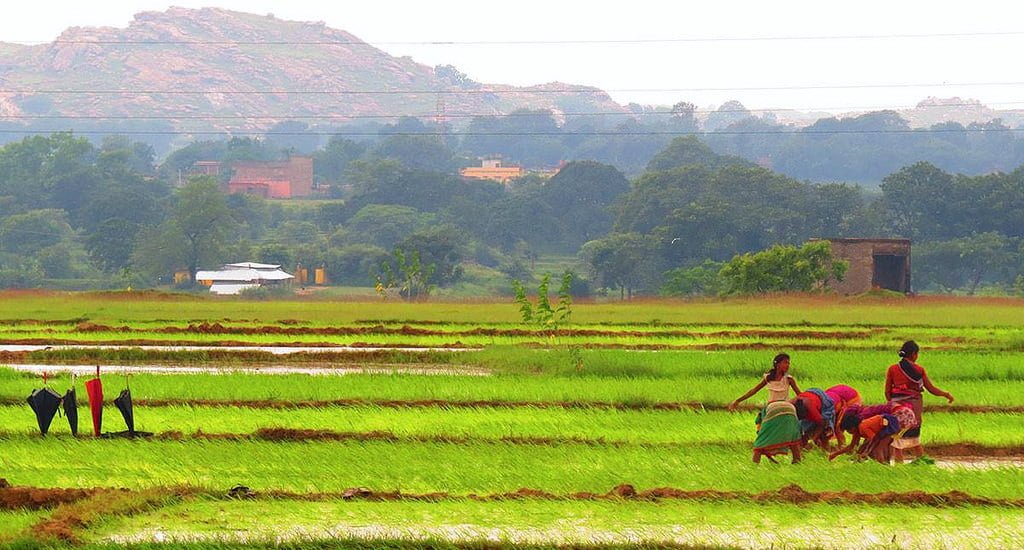
Following a thorough examination, of all perspectives, Nitya Rao provides a fine analysis of the trajectory of state land laws and policies, from the first few years before the formation of Jharkhand. The narratives mentioned in the book provide its reader, with the contradictory idea of the state with its people, the priority of the new state being more aligned towards developmental imagination, subsiding the needs and priorities emerging from the ground.
Here Dr Rao reflects briefly on the social construction of Adivasis as ‘lazy,’ and ‘backward,’ by the state machinery, she chooses to quote several briefings from during her stay in the district, which denote how their non-participation in agricultural extension activities because of the structural inequalities they confront, like that of time, money and poverty is often considered as lack of interest.
Briefly, Dr. Nitya Rao also highlights the development trajectory of the state since its formation, critically questioning the policy narrative, that it ought upon; Identifying the potential opportunities of change, the writer concludes on a note of hope, for the youth building collective principle of equality rather a chauvinism, reclaiming their purity, through their much celebratory traditional knowledge and identity, seeking to build a just and equal future.
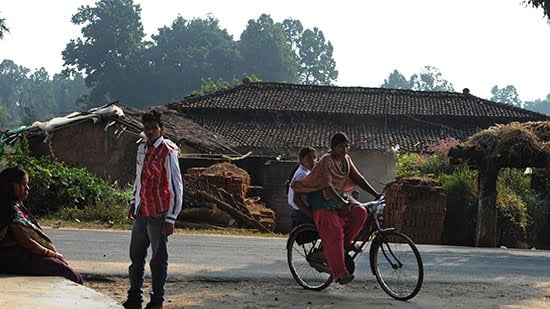
In a time, where we hope to see India on a development trajectory, there is a need to challenge the dominant perspective that refuses to identify the struggles of those labelled as poor and marginalised therefore bypassing their identities.
Dr Nitya Rao’s intensive study, rich in field insights, through a feministic lens, gives a fresh perspective to the issues of indigenous people relating to gender, land and labour, political aspirations, state relations and their quest for indigenous identity. A radical piece of text, thoroughly researched, Quest for Identity, Gender, Land and Migration in Contemporary Jharkhand contributes significantly to the relatively obscure literature on Adivasis and their evolution in Jharkhand, entreating consciousness of its readers regarding the intricately woven fabric, of the Adivasi community, and enclosed within its trilateral strata of gender, land and the state.
About the author(s)
Anupama intends to be an artist in neutral, aka a dabbler- cum-learner. Her interests lie in music, nature, stories transcending cultural boundaries, human welfare, etc. When she is not around she can be found strolling along the ghats of Varanasi. To add she has a lab- named Miley.
